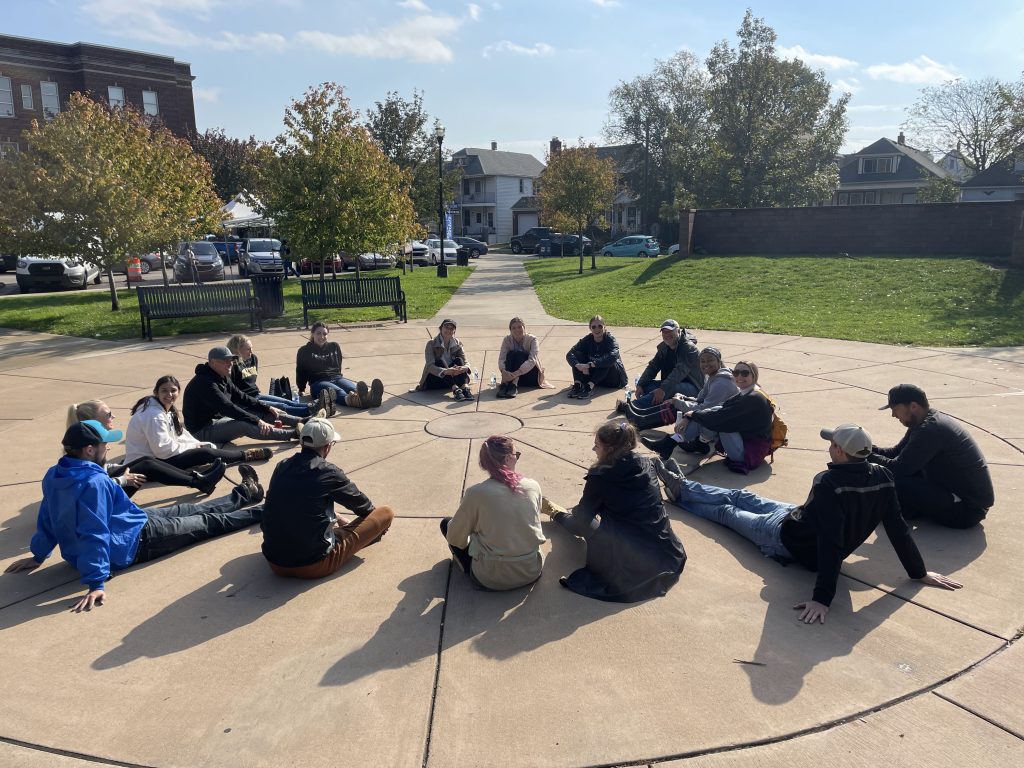This time of year I scan and take inventory. Curated movie playlists. Check. MLK quotes and reinterpretations on social media. Check. Mainstream commercials featuring Black people. Check. Black working professionals on panels. Check.
I have a love/hate relationship with Black History Month. I’m proud that we have designated a month to elevate artists, professionals, educators, and social justice warriors across America. I’m disappointed that we only have 28 days to do it. I can appreciate that the streamers make it easier for me to find TV shows and movies featuring characters that look like me. I’m disappointed the Oscars are still “#SoWhite.” I get excited seeing the peers and colleagues that I know are brilliant speaking on high profile panels and giving speeches on their experience in the workplace. I’m grossed out that the average Black worker earns 20 percent less than a white worker. I praise the spotlight of historical heroes like Dr. Martin Luther King Jr., but I wish people remembered lines from more than just that one speech.
I often find myself questioning the audience for Black History Month. As a kid, it was that one month when we read that one paragraph on slavery and then Phyllis Wheatley wrote a poem and then Martin Luther King marched on Washington. Historical documents and our educational system have been unfair to the contributions and full narrative of the Black American experience in this country. Most of us have had to supplement what we read in textbooks with the oral histories passed down through our families, and specialized university courses. My awareness of my ancestors’ history and our contributions in the U.S. and abroad is only marginally affected by the fact that it’s February. As a Black woman in America, I fill my cup daily with the triumphs and threats levied at my existence. I don’t need Black History Month to show me that.
But walks toward progress can’t be fueled by cynicism. I have to believe in the conceit of Black History Month. We DESERVE to be acknowledged, to be celebrated. I need to believe that because it’s February someone becomes more empathetic, more educated, and does less harm after consuming a piece of curated content that has made them think and feel something. I have to hope that the 28-day spotlight on us brings our full humanity into focus. I need to believe that because it’s February people are obliged to read more about allyship and anti-racism. I hope that our greater community is supporting with their dollars— that organizations are funneling their talent pipelines with people of color and making their current employees whole through additional opportunities. At this time, I challenge myself and everyone I know to buy from small Black businesses in our neighborhoods. And I need to believe that during this time, we are all questioning what we’re doing in our everyday lives to really be inclusive. This is the only way I can sleep at night knowing that tomorrow will be better.
About the Author
Patrice Drew is VP, Global Client Partner at Matterkind, the addressable media buying and strategy arm of IPG’s Data & Marketing Intelligence Engine, Kinesso. She has more than a decade of experience in media, specializing in digital, mobile, TV, and print data collection and analysis. She is a media strategist by trade who previously spent time scaling data and brand monetization efforts for such notable companies as Hearst, Meredith Corporation, and The New York Times. She credits her conscientious nature and curiosity to her career success.
As a private citizen, she is passionate about serving underrepresented groups. She’s an active member and national co-chair of Kinesso’s diversity and inclusion initiative, IMPACT, and volunteers with the organization God’s Love We Deliver.
Patrice earned her B.S. in Marketing and Spanish B.S. from New York University. She counts her music collection as one of her most prized possessions and enjoys writing, traveling and karaoke.

